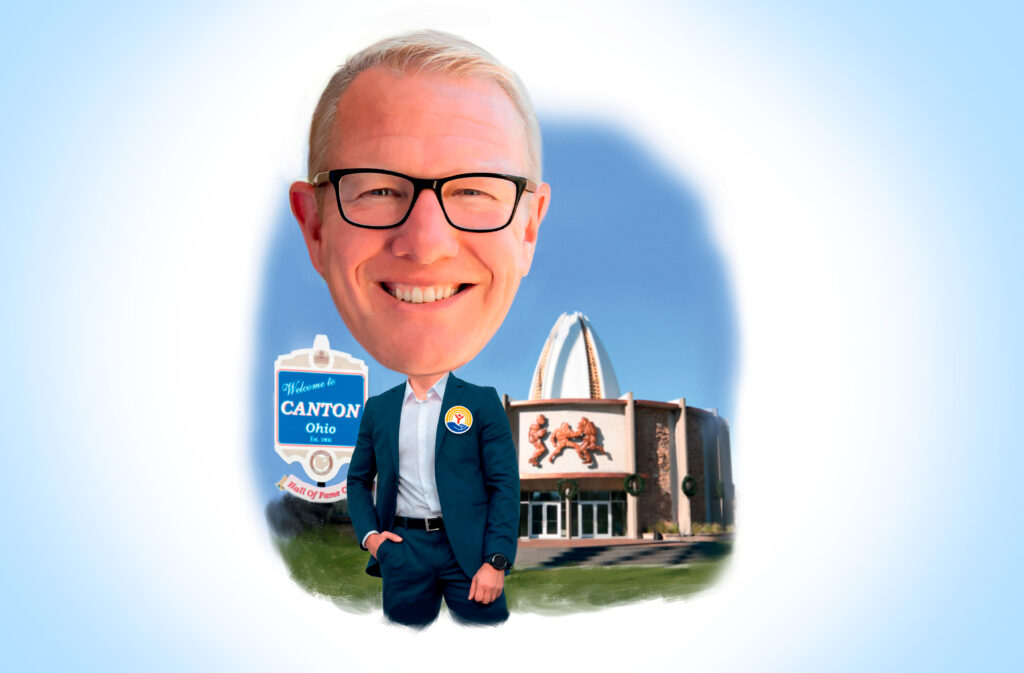

Your mother told you to mind your manners. London commuters mind the gap, and sailors mind the rocks. You know you can mind your own business, but did you know you can mind your mind? Your mother told you to mind your manners. London commuters mind the gap, and sailors mind the rocks. You know you can mind your own business, but did you know you can mind your mind?
Well you can, and it’s called being mindful. You may have noticed that over the past few years mindfulness has become a hot topic when talking about leadership.
Bill George, a retired executive vice president with Honeywell, is not some granola eating, incense sniffing yogi. For him, mindfulness is a way of staying “grounded and authentic.” Leaders who are mindful are better in stressful situations because they are better able to control their emotions. Remember the time you blew up in front of someone? You know what I am talking about and probably wish you had not reacted that way. Being mindful means being aware of your impact on other people. That allows you to recognize the long-term implications of your actions and may increase the likelihood that you will hold your temper or at least think before you speak.
Jon Kabat-Zinn, in his book Wherever You Go, There You Are: Mindfulness Meditation in Everyday Life, defines mindfulness as “paying attention in a particular way; on purpose, in the present moment and nonjudgmentally.”
You may be thinking mindfulness is just too out there, too fringe. But Goldman Sachs and BlackRock do not think so. Both companies see mindfulness classes for their staff as a good investment. Aetna, Google, General Mills, Intel and Target all run mindfulness programs.
Jeanne Meister, HR author, speaker and strategist, wrote in Forbes that studies show “the benefits of mindfulness can lead to improvements in innovative thinking, communication skills, and more appropriate reactions to stress.” Another benefit is increased productivity.
Jutta Tobias, PhD, of Cranfield University in the U.K., says “Mindfulness is a skill that can be learned rather than a personality trait or mindset few people possess.” What it involves is practice and a commitment to a set time every day to step back from the pressures of leadership to reflect on what is happening.
Kabat-Zinn calls this “stopping” or “non doing.” To be mindful, he says, we must shift from “doing mode into being mode.” When we do this, when we stop for even just a moment, things get simpler. It may sound dramatic, but he likens stopping with dying, and I think it makes great sense.
“If you were to die, all responsibilities and obligations would immediately evaporate,” he says. “By taking a moment to ‘die on purpose’ to the rush of time while you are still living, you free yourself to have time for the present. By ‘dying’ now in this way, you actually become more alive now. This is what stopping can do.”
Mindfulness requires active participation and commitment on your part. A mindfulness practice is something you must do every day. The difficult thing is learning to quiet your mind. Most people think of mindfulness as being all about meditating. However, a mindfulness practice can take many different forms. The breaks you take to clear your head at work can be mindful breaks. Cranfield University’s School of Management developed a Mindful Breaks Inventory to help you determine whether your breaks are actually helping you restore your energy and increase your focus.
Mindfulspring.com gives examples of simple practices to incorporate mindfulness into your day.
- When feeling stressed or tense, focus on your breathing. By simply bringing your attention to your breath, you can help restore your sense of calm.
- Listen carefully and with full attention. If you are distracted when speaking with someone gently bring your attention back to the conversation.
- Use the traffic stop signal as a reminder to focus on your breath. Don’t change your breathing, just notice the air flowing in and out.
- Notice the sensation of walking. Feel the ground as you move about your daily activities.
- Eat slowly and chew your food well. Experience the flavors and textures of the food in your mouth.
George tells us that prayer, journaling, reflecting while walking, and even jogging or physical workouts can be daily practices that allow you to be mindful and to renew your mind, body and spirit.
Kabat-Zinn tells us a mindfulness practice can be as simple as sitting down and becoming aware of our breath occasionally throughout the day. “Breathe and let be. Die to having to have anything be different in this moment…give yourself permission to allow this moment to be exactly as it is…”
It does not matter which mindful practice you choose, mindfulness will help you remove unnecessary clutter in your mind and needless worry about unimportant things. It will make way for clearer, more introspective thinking, which will benefit you and those around you. Start a mindfulness practice today.
This is not mind over matter. This is mind over what matters.
McDaid is The Council’s SVP of Leadership & Management Resources. [email protected]




